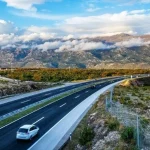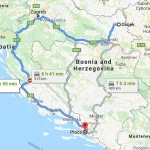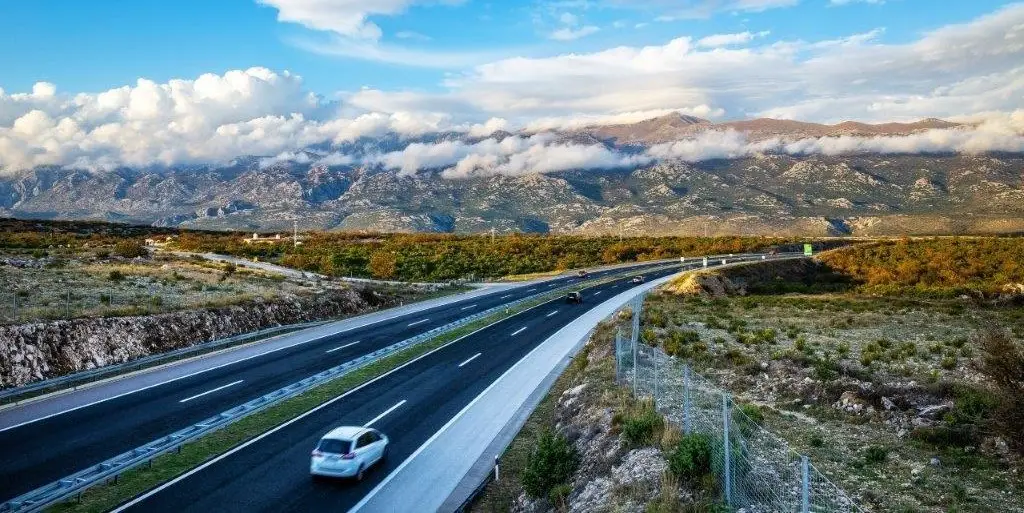
July 30, 2020 – Marc Rowlands asks the questions all outsiders want answers to. This time it’s why can’t Croatian Motorways be free?
Should we take the old road or the new motorway? The question is pondered by both residents and visitors. The answer is often dictated by time and cost.
Sure, if you’ve got all the time in the world (and/or want to save money), Croatia’s longstanding road network wends its way through some spectacular countryside. You get a much better feel for the country and its incredible topography and geography by taking in the view more slowly.
But, there’s always the chance you might get stuck in a tailback in the sweltering heat, with frustrated kids fighting on the back seat. Almost as bad, you could get caught behind an ancient small-to-medium goods delivery van or a local bus, with absolutely no chance to overtake on the narrow, winding stretch for 50 kilometres. “Vozi Miško!”
If you’re travelling for business or bolting to the coast for a weekend or family holiday, speed is your primary concern, and the motorways the best choice. And, luckily, you have a dependable and highly modern motorway network that will get you there safely and in good time. But, you gotta pay.
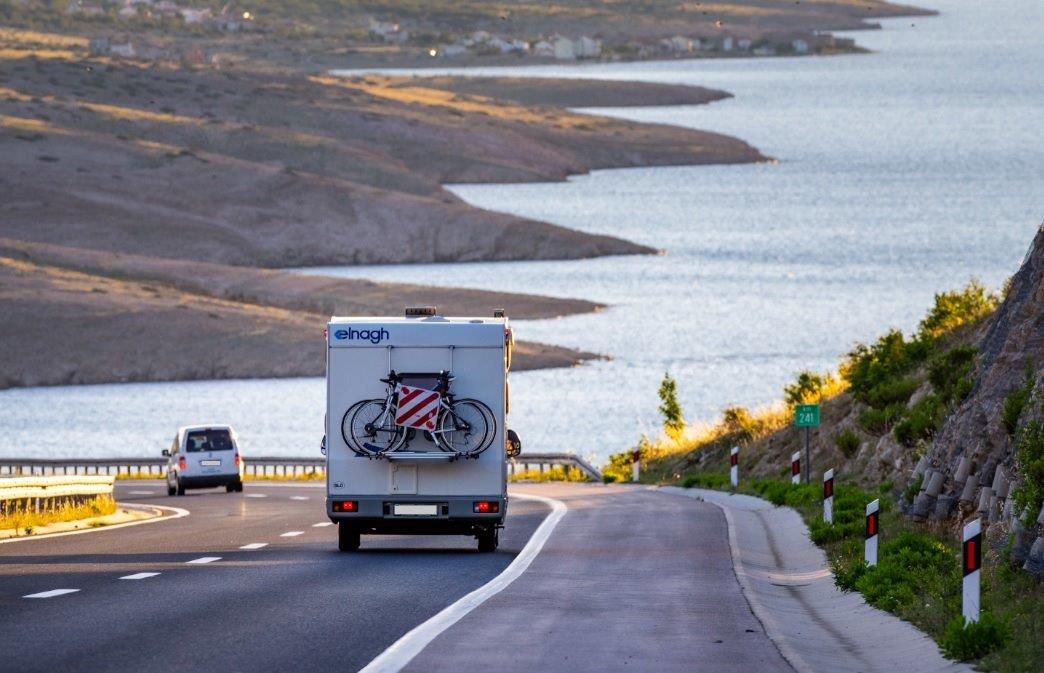
Croatian Motorways © Hrvatske Autoceste
“We built 90% of our motorways between 20 and 30 years ago,” Alan Bahorić tells TCN when we sat down with the folks of Hrvatske Autoceste (Croatian Motorways) to ask our questions. “I’m afraid we must pay for them over the next 15 years.”
“15 years? Great! So, after that, they will be free?”
“The motorways will not be entirely free, but they will be repaid.”
Hrvatske Autoceste is the company with responsibility for building, maintaining, and paying for most of the motorways in Croatia. Other companies run some of the motorway stretches, but Hrvatske Autoceste is the big one. Their owner is the Republic of Croatia.
30 years ago, Croatia had less than 300 km of motorways. Today, it has 1.306,53 km. Recognising that its transport system was severely dilapidated, the relatively new Republic of Croatia had a tough choice to make; update the motorways or the rail network? They chose the former and, not yet eligible for EU funds to assist, borrowed the money needed to undertake the mammoth task. This saddled the country with significant debt. Yikes! So, they formed Hrvatske Autoceste to manage the Croatian Motorways, the toll booths creating a fair system by which the debt could be repaid; the people who use the motorways pay for them, not the taxpayer. Bravo!
The tolls on Croatian Motorways may seem expensive to regular domestic users, but in fact, they are average to or below average in comparison to those all across Europe. The debt undertaken ensured Croatia caught up fast with the rest of Europe. Consider Germany, where the modern motorway system was begun the best part of a century ago.
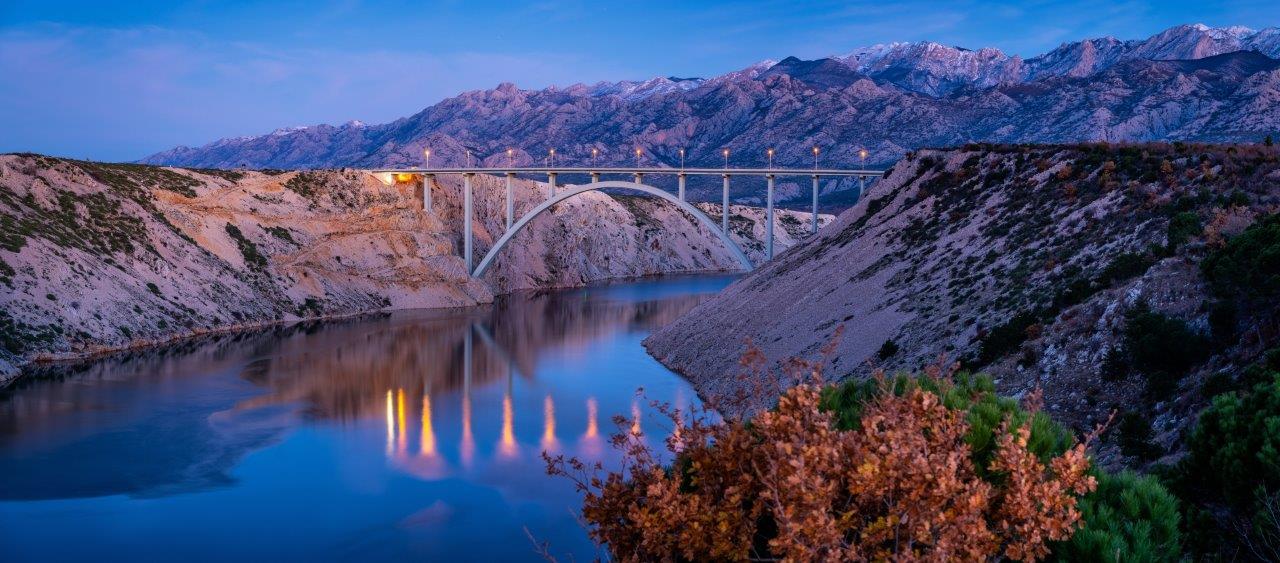
Croatian Motorways © Hrvatske Autoceste
Croatian Motorways are also renowned for their safety. In comparison, consider Italy. They privatised much of their modern infrastructure and built almost everything in their economic boom between the mid-1950s and mid-1960s. Bridges, roads, buildings, and schools were built, often with cheap and substandard material to increase profits. Works and ownership in some cases allegedly ended up in the hands of the mafia. When the Morandi Bridge in Genoa collapsed in 2018, tragically killing 39 people, it was the 12th bridge to have collapsed in Italy since 2004. It is unthinkable that this could have happened a single time in famously safe Croatia. The knock-on effect for tourism would be catastrophic.
By the time the debt for the motorway construction is repaid, as much money again will have been invested in the system. Much of this investment goes on maintenance costs, completion of the Croatian Motorways network, and integrating Croatia into Europe’s biggest motorway projects. Constantly updating, the network now caters – via 34 locations – for electric car use. Prior to 2019, in the country that so proudly claims inventor Nikola Tesla, you could not have toured it in a Tesla electric car. Now you can.
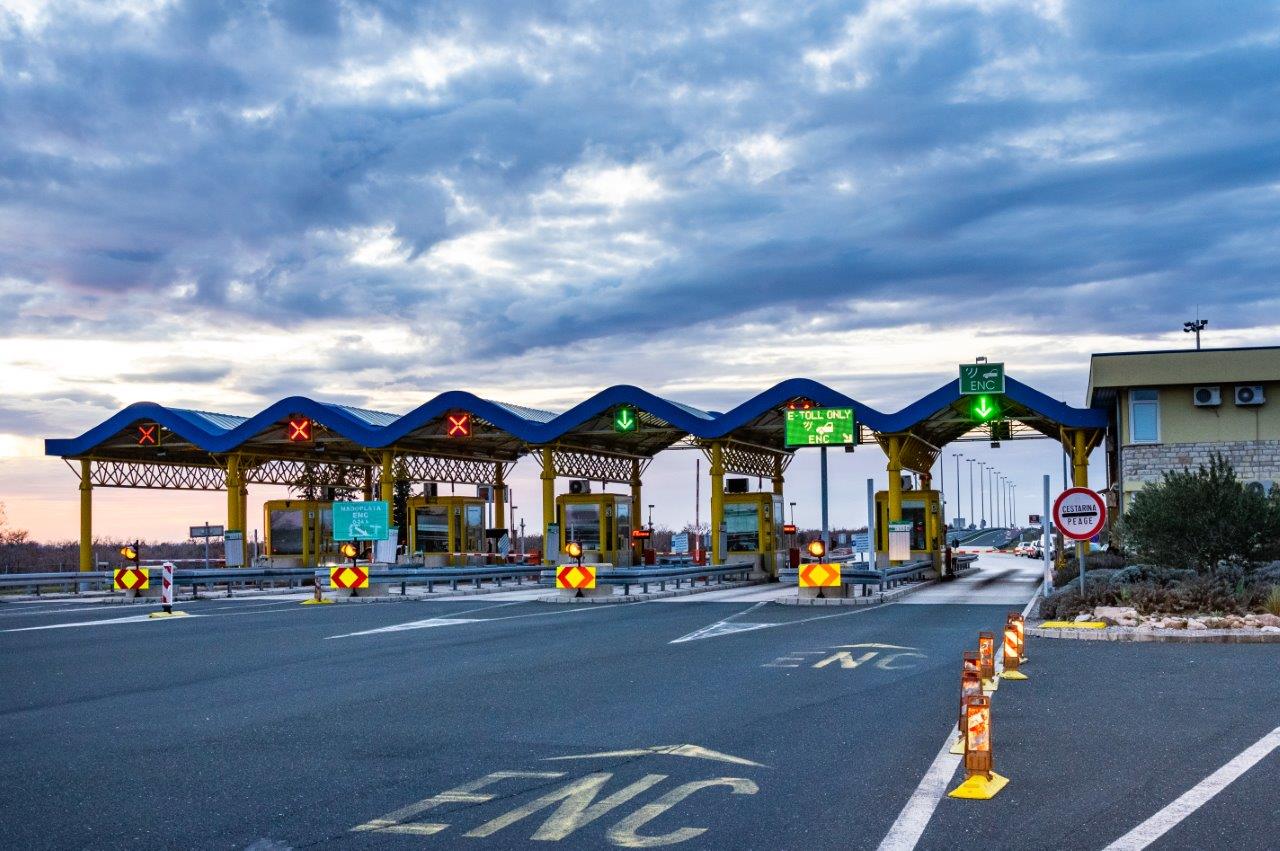
Croatian Motorways © Hrvatske Autoceste
To have completed 80-90% of your network in around three decades is no mean feat. The largest projects remaining are the completion of the route which integrates the Pelješac Bridge – a motorway stretch from Metković to Dubrovnik – and the Croatian segment of the European corridor connecting North Europe to the Adriatic. Starting in Budapest, it necessitates the building of a bridge near Beli Manastir. Thereafter the motorway will pass by Osijek, connect to the Zagreb-Slavonia motorway near Lipovac, then pass through Bosnia and its capital Sarajevo and on to Ploče.
But, back to the original question; why can’t Croatian Motorways be free?
“Well, tell me somewhere in Europe where they are free?” counters Bahorić.
He has a point (although in the UK, where some of the TCN team are from, almost every motorway is free). But, the question is really prompted by the advent of COVID-19. Couldn’t motorway tolls be removed in 2020 and 2021 in order to stimulate domestic and regional tourism? Could the debt be offset and paid off over an extra couple of years? The folks at Hrvatske Autoceste patiently take the naïve suggestion. It negates to consider the freight traffic using the motorways nor the seasonality of motorway use. It wouldn’t help the areas most affected by a drop in footfall – southern Dalmatia and Dubrovnik, which are largely charter destinations. Also, it would be a government decision. The 10% rise of toll in high season has already been abolished this year in order to help in this very way.
However, there is one incredible way that Hrvatske Autoceste can stimulate tourism.
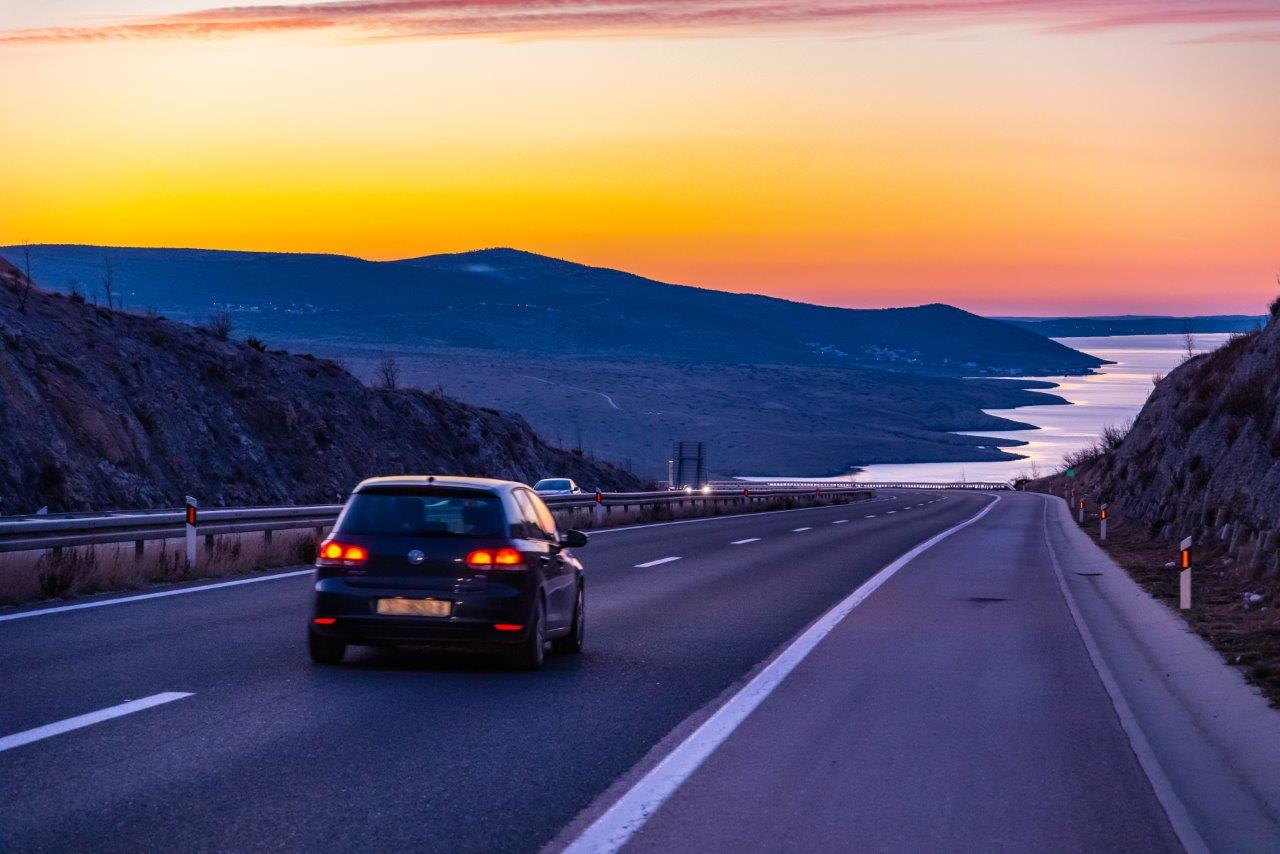
Croatian Motorways © Hrvatske Autoceste
“In a few years, Croatia will get a new electronic toll collection system,” Hrvatske Autoceste told TCN. “This will significantly increase throughput and reduce harmful emissions caused by congestion because while manual toll collection has a capacity of about 200 vehicles per hour, the new system allows the passage of up to 3,000 vehicles. The new system will be based on a combination of two modern and proven technologies: billing via an enhanced version of the ENC in-vehicle (DSRC) and an automatic license plate reading system (ALPR), which are proven technologies used in the EU. The system will enable simpler and faster price formation, for example, higher prices at the time of the highest congestion and lower prices in periods of less dense traffic. In accordance with the trends in the EU and the pricing policy, electric and hybrid vehicles will be favoured, but also polluters, ie vehicles with high emissions of harmful substances will be sanctioned. As we have implemented before, frequent users will be able to get discounts via ENC devices. In addition to flexible tariffs, the new system will implement loyalty programs for frequent users and other marketing activities such as partner-service programs.”
Well then, there’s your answer. Croatian motorways can’t be free, not even to stimulate tourism at the time of COVID-19. But, if some joined-up thinking and co-operation were to take place, discounts for National Parks or accommodation could feature as a future stimulus to Croatian tourism. Imagine Slavonija reaping the benefits of the huge motorway about to pass through it by slashing accommodation prices by exchanging vouchers obtained by paying the motorway toll? That sounds like Croatia 2.0 to us.

